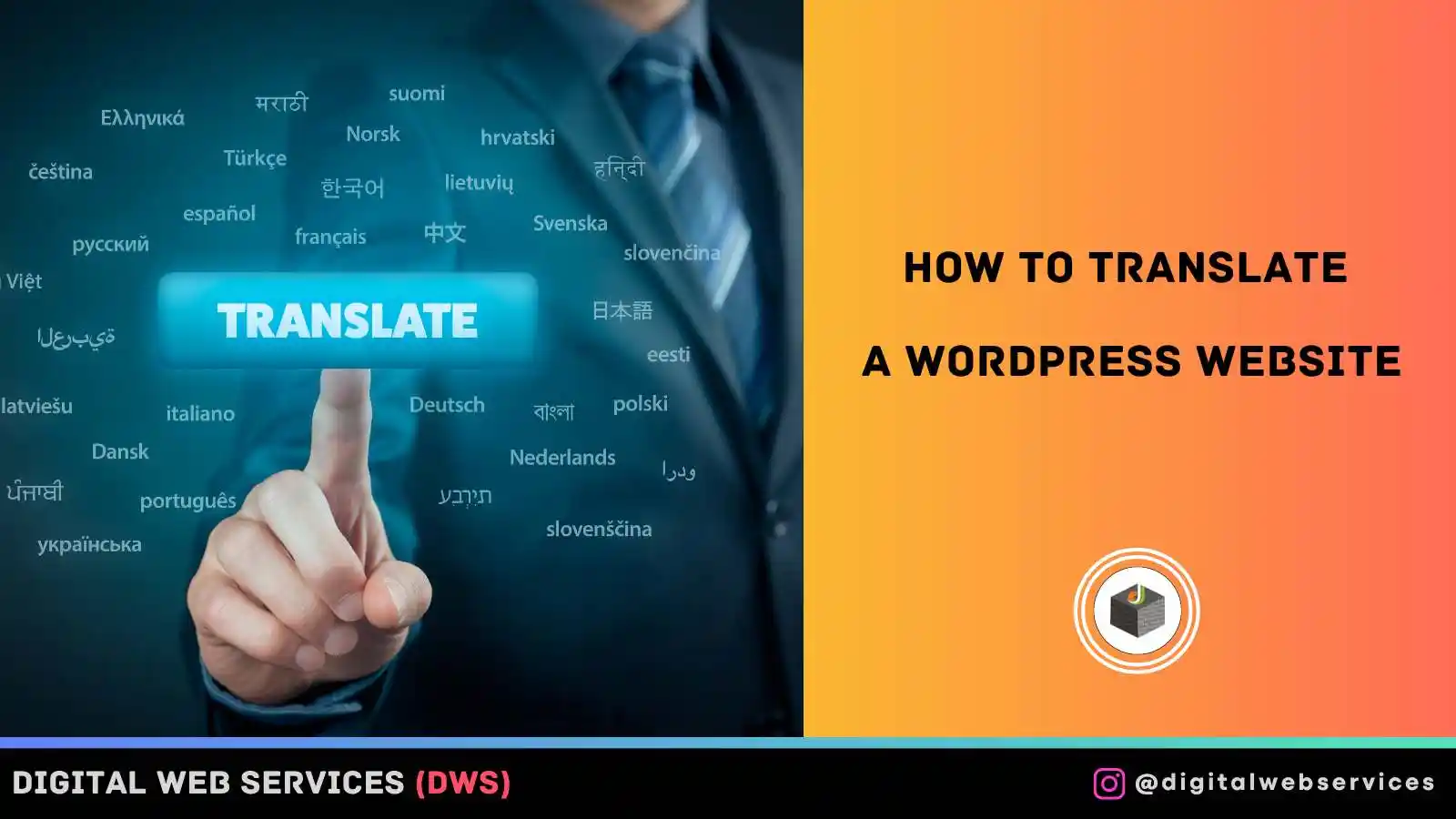
A multilingual WordPress website allows a business to expand its reach, grow internationally, and increase sales. It has been researched that offering a website in the visitors’ language compels them to purchase, as they understand the content and trust the vendor more.
Luckily, there are numerous options available to create a multilingual website. However, it might seem intimidating to undertake such a project.
In this article, I will explain why it’s essential to translate your WordPress site and outline four popular WordPress multilingual plugins to help you achieve this goal.
How can I make my site multilingual?
To create a multilingual website, you’ll need translation software to manage all the translated content and related aspects.
There are two main types of translation software available:
- Automatic translate plugins use neural machine online translation software such as DeepL, Microsoft, and Google Translate to generate translations for your website content. Although the quality of the translated content might be better than that of a professional translation company, advancements in neural translation make it increasingly close to professional quality.
- Manual-translations plugins, also known as multilingual plugins, require you to input the translated content manually. This process can be time-consuming and expensive since it necessitates the services of a professional translator. However, the outcomes are generally exceptional.
Selecting a WordPress translation plugin that meets your needs and budget is essential. While auto-translate plugins offer a quicker and more economical option, manual-translate plugins produce translations of higher quality and greater accuracy. Ultimately, your decision should be based on your priorities and available resources.
Still, have doubts? I will help you with that by sharing my method of choosing the best WordPress translation plugin.
If you have a small website that you don’t update pages often and intend to target 1-3 new languages, then choosing a self-translate option and using a translation service to provide the content may be the best option. However, remember that you’ll need to pay the translation service to update the translated pages each time you change your site.
On the other hand, if your website has hundreds of pages or products, and you aim to target four or more new languages, auto-translate software might be the more suitable choice.
The best translation plugin for WordPress
If you are in a hurry, I recommend you check out Linguise. This powerful and cost-effective service utilizes Google Neural Network to provide translations that are nearly as good as those produced by professionals at a fraction of the cost.
Linguise
Linguise is a SaaS automatic translation tool that integrates seamlessly with multiple CMS platforms, including WordPress. This tool simplifies creating a multilingual website, utilizing neural automatic translation models to translate your website into over 80 languages.
Linguise offers a variety of features that sets it apart from the competition. It’s easy to translate your WordPress site using Linguise. Sign up, add your website, install the WP plugin, and configure the language switcher. That’s all that’s in the background.
Linguise offers a monthly pricing structure based on the number of translated words starting at only $15/month for 200,000 translated words. The Large Plan provides unlimited translated words for $45/month. Each plan includes unlimited languages, page views, and a single-site license.
Linguise also offers a one-month free trial without requiring a credit card, allowing you to test its full features without risk. You may check this complete review of Linguise and use the free trial to evaluate it thoroughly.
Weglot
Weglot is the highest-rated translation plugin on the WordPress directory. It automatically detects your original pages, creates translated pages, and uses an external cloud interface to manage and edit your translations. You can also edit your translations on the site using the ‘visual editor tool,’ allowing you to do so in a live preview of your site. Weglot offers a free version allowing one translated language and up to 2000 words; paid plans start at €9.90 monthly.
A significant advantage of the Weglot plugin is the ease of installation. When you install the Weglot plugin on the WordPress directory, your whole site is automatically translated! No code or developer skills are required, which means any team member can do this instantly.
Polylang
Polylang is another widely used translation plugin on WordPress websites that requires you to create translated pages manually and add the translated content to them. To manage translations using Polylang, you can do it within the WordPress editor.
While the free version of Polylang is available, you can opt for premium versions, starting at €99.00 per year, for enhanced features and functionality.
WPML
WPML is the most downloaded translation plugin on WordPress and has a long-standing reputation. WPML offers a range of translation options, including manual translation, automatic translation (with a free quota of 10,000 words per month), and access to over 80 integrated translation services for professional translation help. The paid plans start at $29 per year.
With WPML, you can simultaneously translate individual or multiple pages using the Translation Management feature. During the site-building phase, seeing how the content appears in different languages is essential. WPML’s content duplication feature comes in handy in such cases, enabling you to replicate the content across multiple languages easily.
Which translation WordPress plugin to choose?
All three plugins above are highly respected in the translation and WordPress communities, so choosing the proper translation plugin will come down to whatever you need for your site. However, it’s helpful to keep the following in mind when choosing.
Installation:
Multilingual projects can be daunting, so if your translation management solution has an easy setup without developer intervention – all the better!
Translation and Management capacities:
If your site is constantly being updated with new content, this is a crucial thing to consider. If you’re operating a manual translation solution, are you happy to add new translations each time you upload something, or would you benefit from automatic machine translation? A user-friendly translation management interface is also helpful so you or any team member can make any changes or updates when necessary.
Things to remember when choosing a WordPress language plugin:
- Select a WP translator plugin that adheres to all multilingual SEO guidelines to prevent your website from receiving penalties.
- Before installation, confirm that the language plugin is compatible with your existing plugins and themes.
- Creating a backup of your WordPress-powered site to revert to in the event of a catastrophic failure is also recommended.
- If you opt for an automated translation plugin, it is advisable to add languages gradually to avoid depleting your SE crawling budget or triggering a duplicate content penalty.
Conclusion
Is your website already bi- or multilingual? If so, how have you achieved that? Are you using a WordPress translation plugin to automatically translate it into several languages?
Which translation plugins are you using, and do you have a particular favorite? Please share your experiences with other visitors and us in the comments below.
Digital Web Services (DWS) is a leading IT company specializing in Software Development, Web Application Development, Website Designing, and Digital Marketing. Here are providing all kinds of services and solutions for the digital transformation of any business and website.










